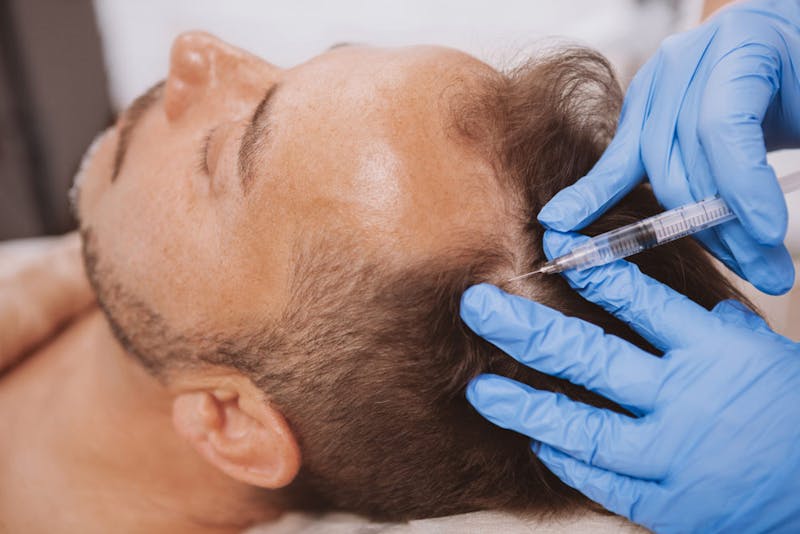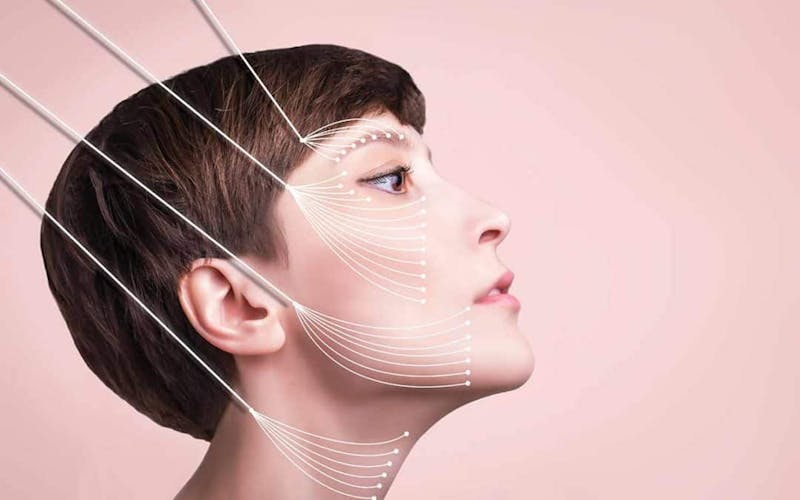29
Apr

Discover the New Standard in Breast Augmentation: Motiva® Implants Now Available at The Maas Clinic™
At The Maas Clinic™, we are committed to offering our patients the most advanced, safest, and aesthetically refined options in cosmetic surgery. In keeping with that promise, we are excited to introduce the latest innovation in breast augmentation: Motiva® Breast Implan...
View More17
Jan

Daxxify — Better Than Botox?
Everything You Need to Know About This Popular New NeurotoxinBotox has been the dominant name in the neurotoxin market for decades. But after many years on top, Botox might soon face competition from an intriguing new injectable: Daxxify. At The Maas Clinic™, one of our most...
View More17
Jan

Body Contouring: CoolSculpting vs. VelaShape
You've heard of fad diets and workouts that promise to “melt the fat away,” and maybe you’ve even tried a few. From juice cleanses and Shake Weights to body wraps that claim to take inches off your waist, people will try almost anything to reach their fitn...
View More17
Jan

Can Platelet Rich Plasma Restore Lost Hair?
No matter your age or stage of life, losing your hair can be physically and emotionally distressing. From hair color to hair thickness, the aging process affects your hair growth cycle in various ways, encouraging many to seek hair restoration treatments. While the issue is most...
View More17
Jan

Minimally Invasive Face Lifting Options
Over time, our face tends to lose its supple and youthful qualities. As the dermal structure weakens, collagen production slows down and fat pads or bone loses volume, many patients begin to notice wrinkles, fine lines and sagging skin developing across the face and neck. The los...
View More17
Jan

Lip Enhancement Dos and Don’ts
You may be spending a lot of time thinking about how you want your lips to look, which is completely understandable. Your lips play a major role in the look of your face and overall appearance, too. However, it's just as important to consider what looks you want to avoid wh...
View More17
Jan

Patient Comfort and Safety: Anesthesia Options at The Maas ClinicTM
One of the main concerns that patients have when undergoing any type of plastic surgery or invasive aesthetic procedure, is “Will it hurt? ”. Answering this question accurately will involve a discussion of a patient's pain tolerance, and the type of anesthesia of...
View More17
Jan

Surgical vs. Nonsurgical Facelift: Which is Better?
Each individual ages differently, but many patients often complain that loose skin, deep folds and a loss of facial volume make them look older than they feel. If this describes you, a facelift can drastically reduce the signs of aging and restore the supple, smooth skin and plea...
View More17
Jan

3 Reasons Why Summer is the BEST Time for Rhinoplasty
This is an exciting time in your life—you just graduated from school and are ready to take on the world. If you feel your nose is throwing off the balance of your features, Summer is the perfect time to address the shape of your nose and refresh your appearance so you can t...
View More17
Jan

Potential Side Effects of HA Fillers
Hyaluronic acid or HA dermal fillers are one of the most popular types of nonsurgical cosmetic enhancement offered today. With millions of men and women undergoing this procedure, the products have a proven track record for safety and success. However, their increased use over ma...
View More
